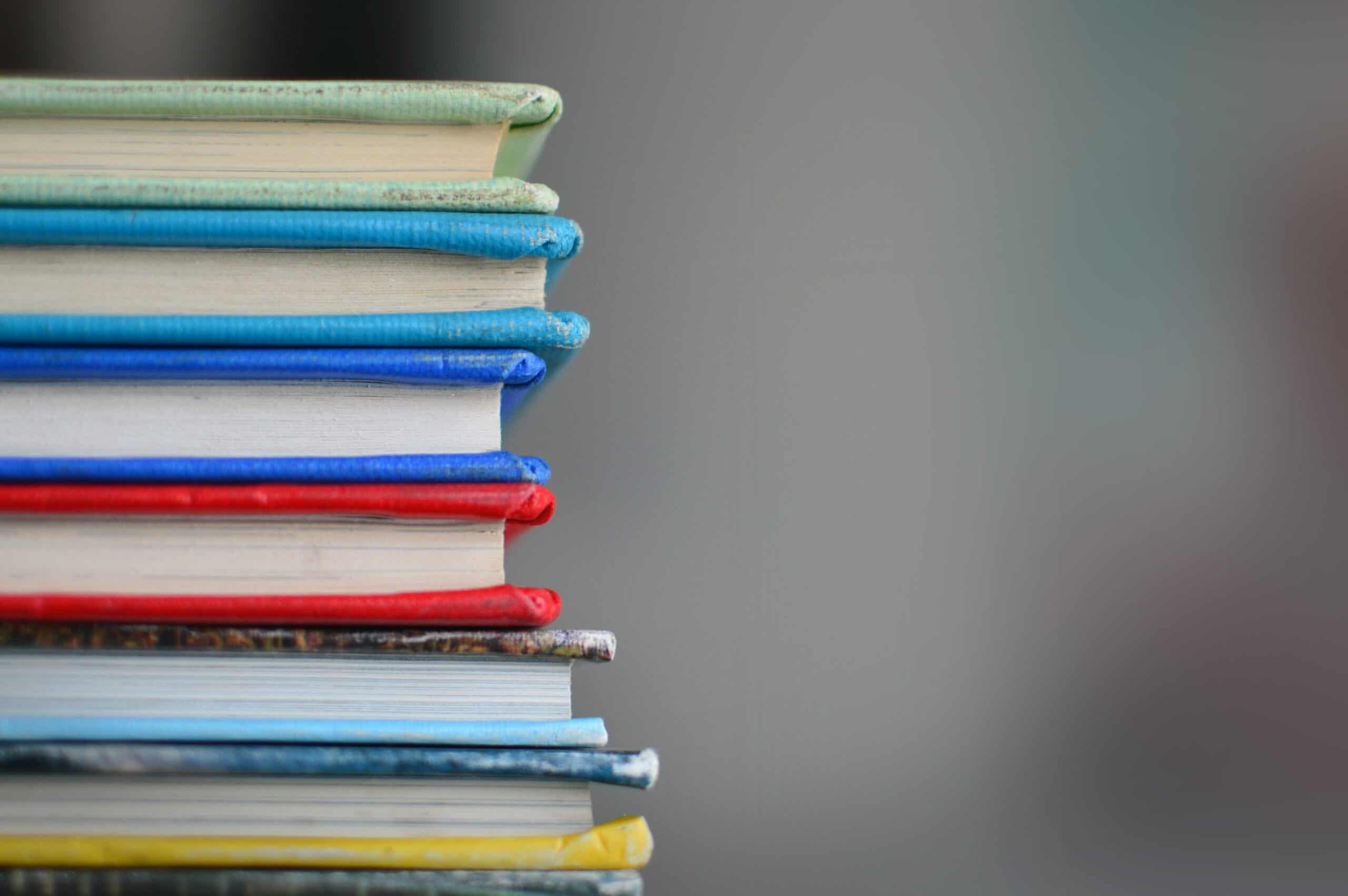
My Ed Tech Portfolio
Throughout this course, I have gotten to explore many fascinating tech tools that can be implemented in my future classroom. For each of these tools, I created various projects to showcase the tools in action and how I can use them in my future career in education, as you can see throughout my portfolio.
One of my favorite projects I created was my professional development on Book Creator. Book Creator, although at face value seems like it just makes books, is a versatile tool that has man uses. I wanted to share those uses with other educators, so I decided to create a professional development presentation on Book Creator, complete with a deep dive into the interface, an interactive tutorial, and activities.
Another one of my favorite projects was my Travel Budget lesson/project for use with Google My Maps. Google My Maps is a tool where you can create an interactive map complete with travel routes, pins, and so much more. I thought the interface could be used to have students plan a trip and cross cut the assignment with math!
Technology is something that is rapidly changing and evolving and expanding. It will continue to do so long after my students leave the classroom, so I believe it is important that, as their teacher, I provide them with access to new technology, as well as the tools they need to responsibly use technology that currently exists and will exist in the future. It can be easy to stray away from using newer technology in the classroom out of fear, especially technology like ChatGPT and other AI, but that technology will still exist outside of your classroom, and in your students’ future classrooms, so helping them navigate it in a responsible way and giving them a comprehensive overview of what the technology truly is and how it can be used.






















